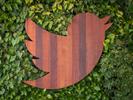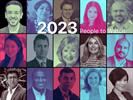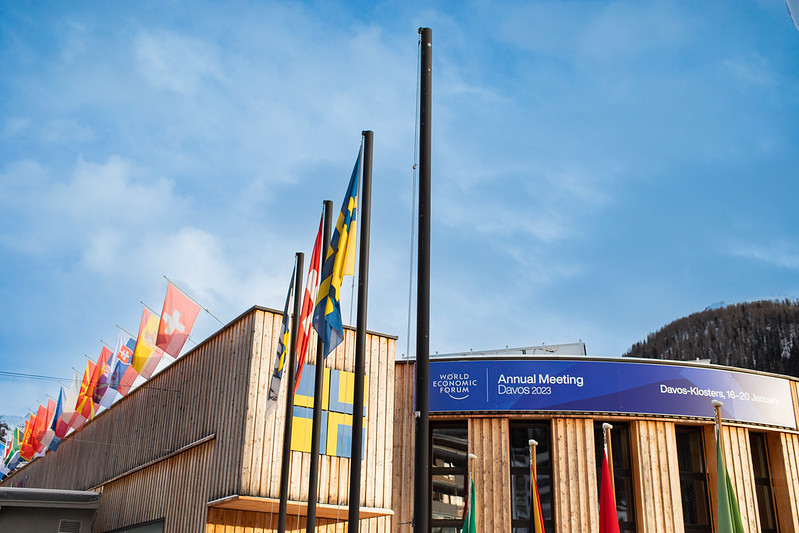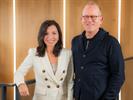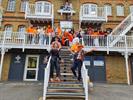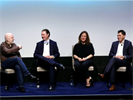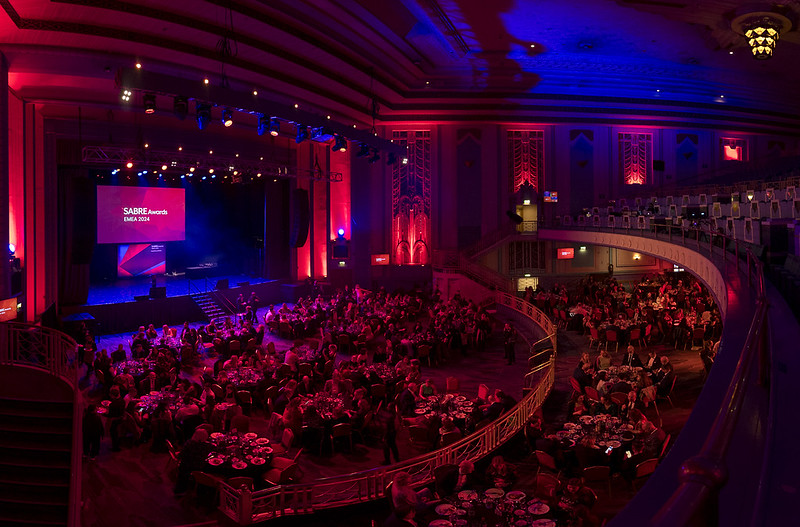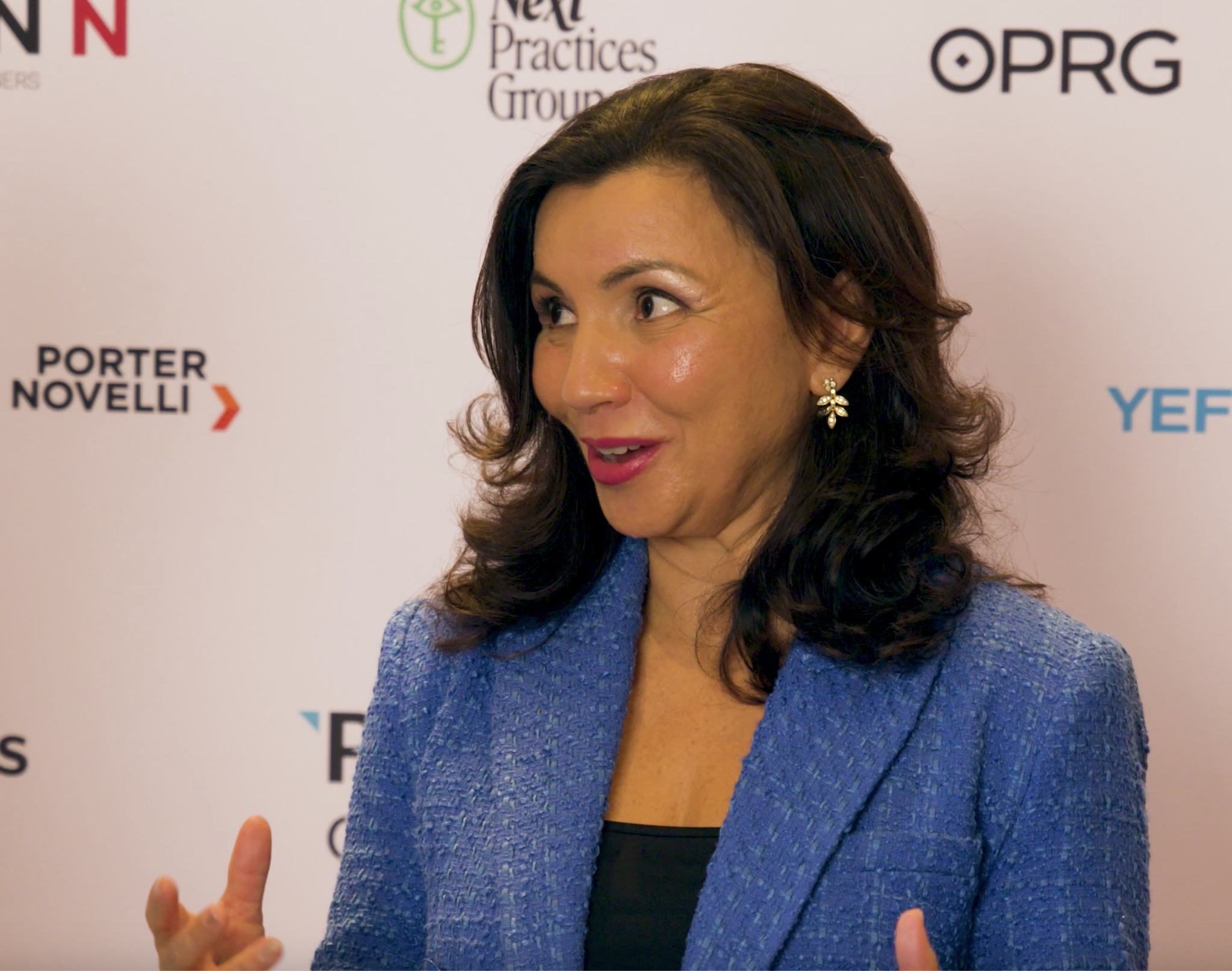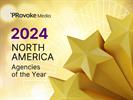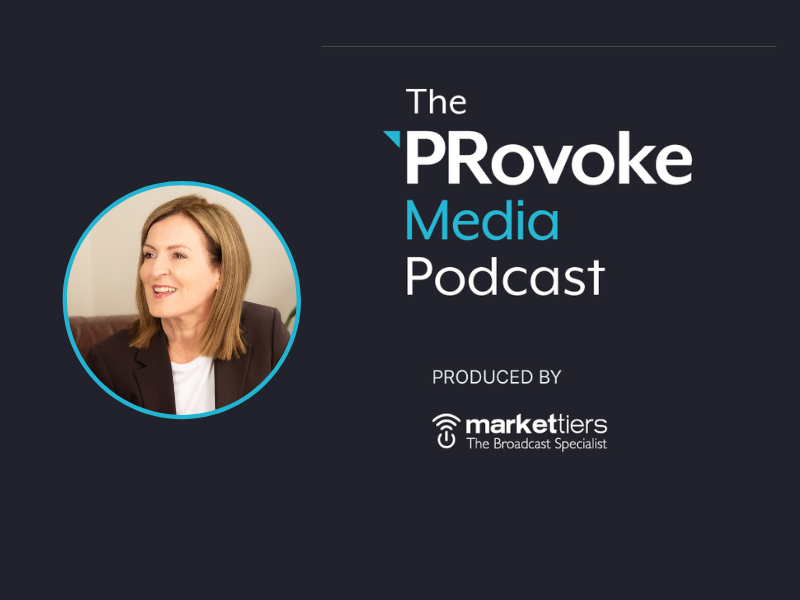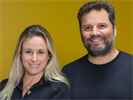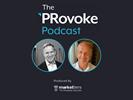Arun Sudhaman 05 Nov 2013 // 1:52PM GMT
Mattias Rådström is VP of social media and PR at Electrolux, where he heads a content studio that has been responsible for several award-winning campaigns, including the critically acclaimed Vac from the Sea initiative.
Another of Rådström's ventures is the Electrolux Design Lab, an 11-year-old international award for students that has turned into a major content marketing opportunity for the venerable Swedish brand.
Over the past couple of years, Rådström's team has shifted the focus of the Design Lab from a one-off European event to a year-round global engagement effort, delivering impressive results.
In the process, Electrolux has become more associated with a reputation for design and innovation, an important goal for a company that operates in a category — household appliances — which some would describe as dull.
In the interview below, Rådström breaks down the company's approach to the Design Lab, exploring the PR lessons he has learned along the way.
How has the Electrolux Design Lab changed in recent years?
It was mainly organizing a cool event in a major city somewhere around the world. That was it. We got a lot of publicity as a result. I wanted to see a development where we go from creating content and engaging with the audience at the event — to populating our social media channels every month around the year.
One of the shifts is to move away from a very traditional event to something that is always ongoing. We continue to develop stories and content around this initiative throughout the year. We announced the theme in January to the students. We had deadlines on 15 March, where we got 1,700 entries from design students.
And then you have a lot of stages — from the 1,700 submissions, we pick the 100 best and put them online on a blog. The students can promote their own concept — they can ask their friends to vote. We have several stages in the process this year. Then we posted the 50 best concepts. Then, in September we announced the finalists and, in October, we have a live final event. So, from January to October, we constantly deliver rich content and good stories that create a lot of engagement.
That’s the biggest change we’ve done. We are plus-60% in Europe in print and online media alone. Social media mentions are up 22% vs last year. We have almost 900 articles in Europe only. If you look at the publications where we are present — I think it’s cool to see. CNN, Mashable, T3, Huffington Post, La Republica, Fast Company.
The other thing we wanted to do is make it much more global as an initiative. In the past we were more focused on the European markets. It’s more than 40 countries around the world that activate this. I think that’s a pretty high number for being a global initiative.
Have you had to change the content because it’s global?
Yes. Even if it’s a global initiative, you need to find the local stories here. That was one of the reasons we put the 100 best concepts online. Instead of eight finalists from eight countries, we have 100 from 29 countries. Local markets are asking for locally relevant information. Yes, it’s a global initiative, however you need to allow for some local freedom as long as they stay on brand.
Why does this initiative strike a chord with media?
First of all, it’s great content. We produce eight YouTube films, presenting each of the finalists' different concepts. We produce great assets for films, pictures, facstsheets, press releases. You need to have your content in good shape.
Who wouldn’t want to write about a robotic vacuum cleaner (see video below)? It’s such a cool concept, such a good story. It’s a Colombian design student who produced this concept, you can produce so many good stories around this. The first reason is great content. Secondly, I think it’s helping us that 40 markets are actually actively pushing this campaign in their local markets. It’s not just us here in Stockholm. Media and social media is very local.
Is the new content push helping to boost entry numbers?
Yes, we see a direct link. The more publicity and engagement you get around the world, the more students are aware that there is a design competition and they want to enter. When we placed 100 design concepts online on our blog, and we ask everyone to go on there and vote and tweet and share — we saw that the friends of the design students were promoting this very actively. The students are great assets.
Like any good, modern PR campaign, you’re relinquishing a lot of control. Do you ever worry about this?
In general, the time when you thought you could control all the messaging around the world - that time is over. You need to embrace the new way of doing PR and let go of some of the control.
But I’m not afraid that the key brand messages are being lost year. There are ways for us to steer the communications and the messaging. In short, you need to let go a little bit and realise that the whole logic behind social media and digital communications is about engaging with a large crowd or audience on digital platforms.
Innovation and design are important to Electrolux. What value does this contest bring and why do you keep on doing it?
It gives us several things. It gives us a reason to speak in the global conversation about innovation. We have something to say, we have a relevant story and content to provide to that conversation. It gives us great possibilities to engage with a global audience in social media, for example.
It also gives us a lot of publicity in media outlets that normally are not that interested in writing about fridges and washing machines. Design Lab is an entry ticket to publications like Mashable and Huffington Post.
On top of that, it gives us a lot of outside inspiration from the students — we get 1,700 entries. Many of them are very interesting and we give the whole package to the innovation and design team. I’m not saying we are producing the concepts and selling them but we get a lot of outside inspiration.
And, we can spot the best designer talent around the world. Five former winners of Design Lab actually work for us.
Do you work with any agencies on this?
We have a collaboration with Weber Shandwick. But most of Design Lab is done in-house. I have a project manager that is more or less working on this throughout the whole year.


































.jpg)








